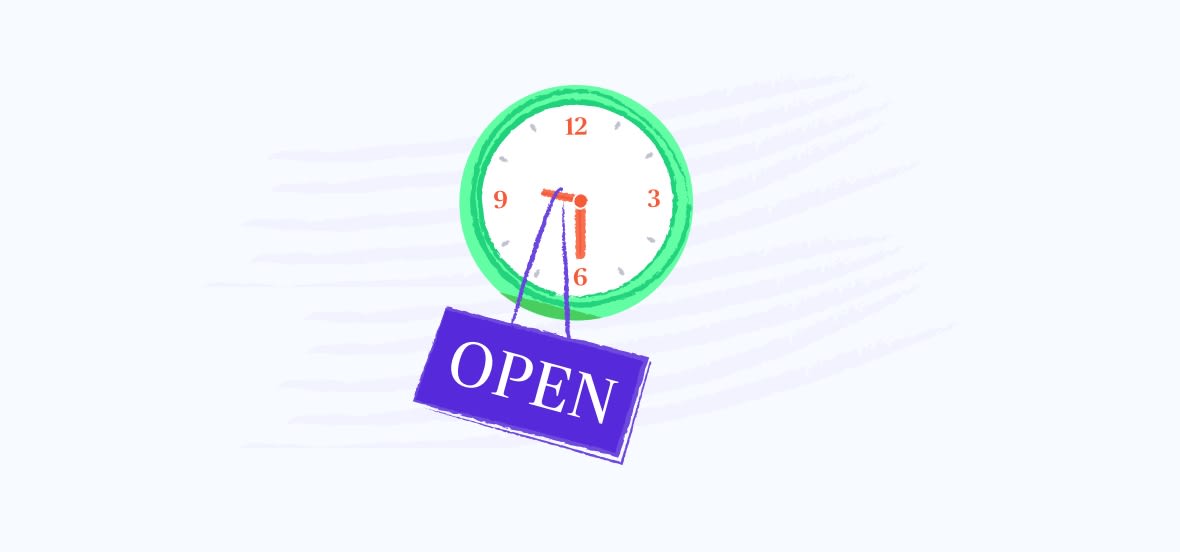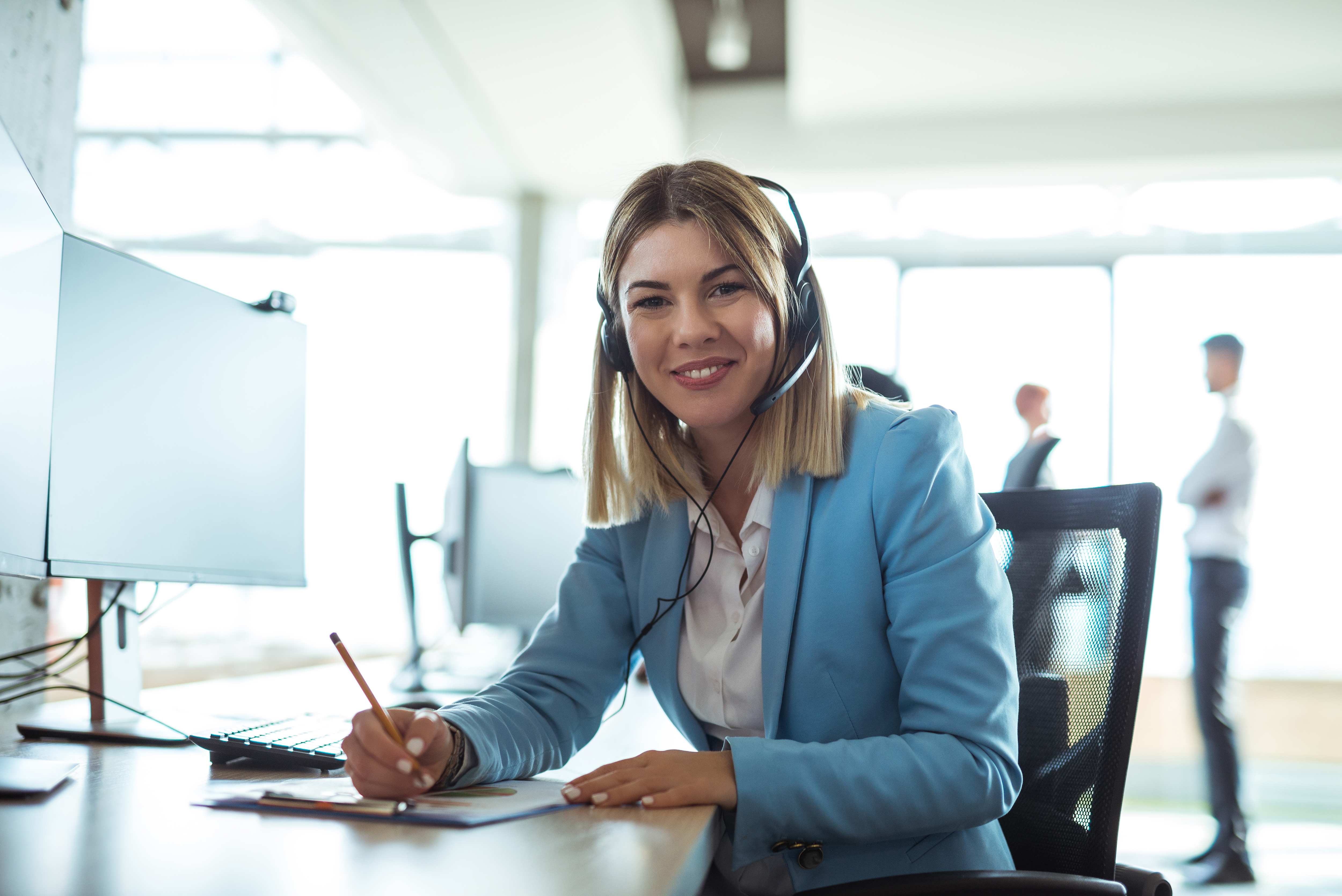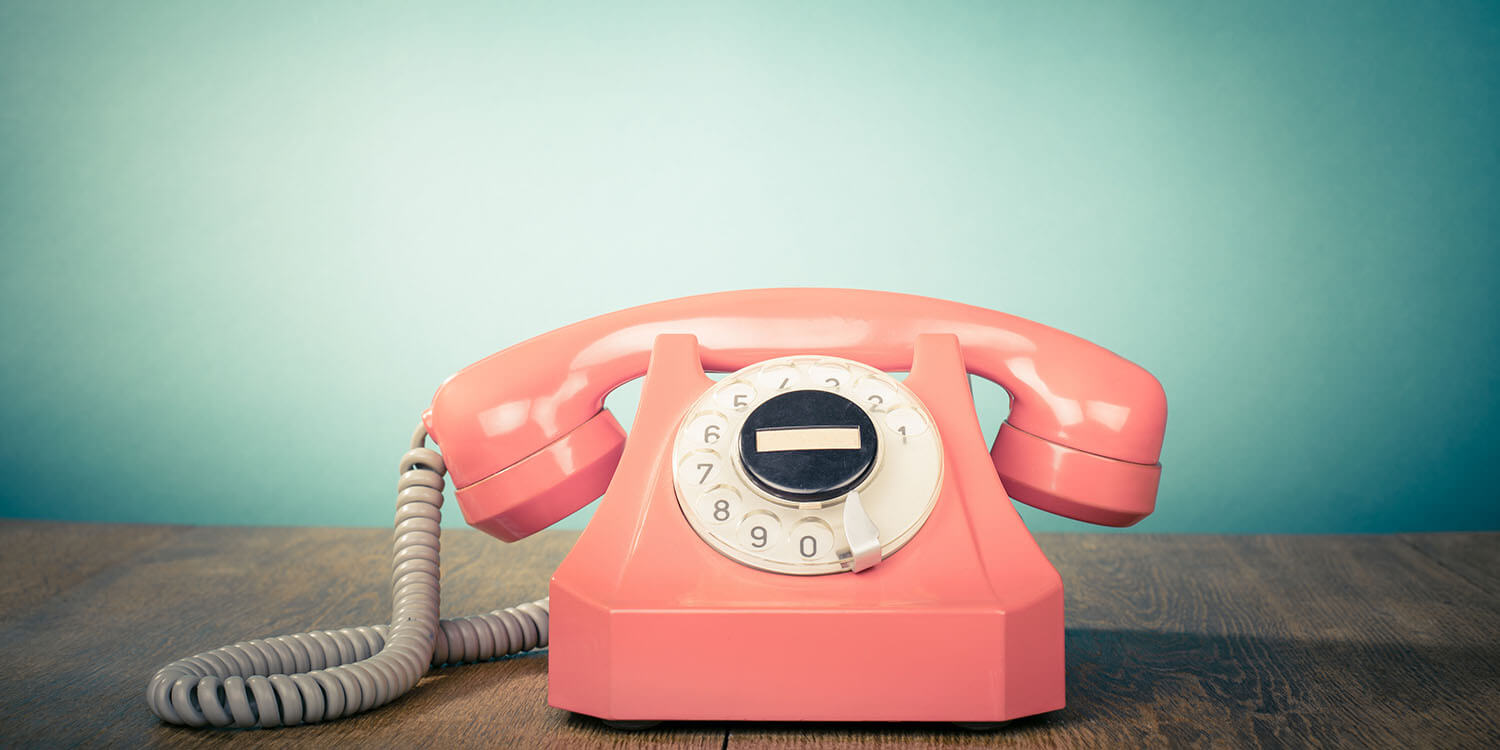All Categories
Featured
Table of Contents
- – Where To Buy Best What To Look For In A Phone A...
- – Who Is The Best Virtual Receptionist (Live Pho...
- – Which Is The Best Your Virtual Receptionist: P...
- – Who Is The Best 12 Best Telephone Answering S...
- – Where To Buy Best 24/7 Phone Answering - Au-b...
- – What Is The Best What Is An Answering Servic...
Where To Buy Best What To Look For In A Phone Answering Service For Your ...
This gadget and its successors were created by Sava Jacobson, an electrical engineer with a personal consulting company. While early answering devices used magnetic tape technology, most modern-day devices uses strong state memory storage; some gadgets use a mix of both, with a solid-state circuit for the outbound message and a cassette for the incoming messages.
"toll saving" listed below) (phone answering service). This is useful if the owner is evaluating calls and does not want to speak with all callers. In any case after going, the calling party should be informed about the call having actually been answered (in many cases this starts the charging), either by some remark of the operator, or by some greeting message of the TAD, or resolved to non-human callers (e.
This holds especially for the Littles with digitally kept welcoming messages or for earlier machines (prior to the rise of microcassettes) with a special unlimited loop tape, different from a 2nd cassette, committed to recording. There have actually been answer-only gadgets with no recording capabilities, where the welcoming message needed to inform callers of a state of present unattainability, or e (virtual answering service).
Who Is The Best Virtual Receptionist (Live Phone Answering Service) Provider

about availability hours. In taping Littles the greeting normally includes an invitation to leave a message "after the beep". A voice mail that uses a microcassette to tape messages On a dual-cassette answerphone, there is an outgoing cassette, which after the defined number of rings plays a pre-recorded message to the caller.

Single-cassette answering devices include the outgoing message at the beginning of the tape and inbound messages on the staying area. They initially play the announcement, then fast-forward to the next offered area for recording, then tape the caller's message. If there are many previous messages, fast-forwarding through them can cause a considerable delay.
This beep is frequently referred to in the greeting message, requesting that the caller leave a message "after the beep". Little bits with digital storage for the taped messages do not reveal this hold-up, of course. A TAD might offer a remote control facility, whereby the answerphone owner can ring the home number and, by going into a code on the remote telephone's keypad, can listen to taped messages, or delete them, even when away from home.
Which Is The Best Your Virtual Receptionist: Phone Answering Services Company

Thus the machine increases the variety of rings after which it addresses the call (generally by 2, leading to four rings), if no unread messages are currently stored, however answers after the set number of rings (usually two) if there are unread messages. This permits the owner to discover whether there are messages waiting; if there are none, the owner can hang up the phone on the, e.
Some devices likewise allow themselves to be remotely triggered, if they have been turned off, by calling and letting the phone ring a certain a great deal of times (generally 10-15). Some company abandon calls currently after a smaller variety of rings, making remote activation impossible. In the early days of Littles an unique transmitter for DTMF tones (dual-tone multi-frequency signalling) was regionally needed for push-button control, because the previously employed pulse dialling is not apt to communicate appropriate signalling along an active connection, and the dual-tone multi-frequency signalling was executed stepwise.
Any inbound call is not recognizable with respect to these homes in advance of going "off hook" by the terminal devices. So after going off hook the calls should be switched to suitable gadgets and just the voice-type is right away accessible to a human, but perhaps, nonetheless must be routed to a TAD (e.
Who Is The Best 12 Best Telephone Answering Service For Businesses In ...
What if I told you that you do not have to in fact get your device when answering a client call? Somebody else will. So practical, ideal? Responding to telephone call does not require someone to be on the other end of the line. Effective automated phone systems can do the technique just as efficiently as a live agent and sometimes even better.
An automated answering service or interactive voice reaction system is a phone system that interacts with callers without a live individual on the line - phone call answering. When business utilize this technology, customers can get the response to a concern about your service just by utilizing interactions established on a pre-programmed call circulation.
Although live operators upgrade the customer care experience, numerous calls do not require human interaction. A simple recorded message or guidelines on how a client can obtain a piece of details normally solves a caller's instant need - reception services. Automated answering services are an easy and effective way to direct incoming calls to the right individual.
Where To Buy Best 24/7 Phone Answering - Au-based Operators - Alltel Australia
Notification that when you call a business, either for support or item inquiry, the first thing you will hear is a pre-recorded voice welcoming and a series of alternatives like press 1 for customer support, press 2 for queries, and so on. The pre-recorded choices branch out to other options depending on the client's choice.
The phone tree system assists direct callers to the right person or department utilizing the keypad on a mobile phone. In some instances, callers can utilize their voices. It deserves noting that auto-attendant options aren't restricted to the 10 numbers on a phone's keypad. As soon as the caller has actually chosen their first option, you can create a multi-level auto-attendant that utilizes sub-menus to direct the caller to the best sort of support.
The caller does not need to communicate with an individual if the auto-attendant phone system can manage their issue. The automated service can path callers to a staff member if they reach a "dead end" and need assistance from a live agent. It is costly to work with an operator or executive assistant.
What Is The Best What Is An Answering Service? In The World Right Now
Automated answering services, on the other hand, are considerably more economical and provide considerable expense savings at approximately $200-$420/month. Even if you don't have dedicated personnel to deal with call routing and management, an automatic answering service enhances performance by allowing your team to concentrate on their strengths so they can more efficiently invest their time on the phone.
A sales lead routed to customer care is a lost shot. If a client who has item questions reaches the wrong department or receives insufficient answers from well-meaning employees who are less trained to deal with a specific kind of question, it can be a cause of frustration and frustration. An automatic answering system can reduce the number of misrouted calls, thus helping your staff members make much better use of their phone time while maximizing time in their calendar for other tasks.
With Automated Answering Systems, you can develop a tailored experience for both your personnel and your callers. Make a recording of your main welcoming, and just upgrade it regularly to reflect what is going on in your company. You can develop as lots of departments or menu options as you want.
Table of Contents
- – Where To Buy Best What To Look For In A Phone A...
- – Who Is The Best Virtual Receptionist (Live Pho...
- – Which Is The Best Your Virtual Receptionist: P...
- – Who Is The Best 12 Best Telephone Answering S...
- – Where To Buy Best 24/7 Phone Answering - Au-b...
- – What Is The Best What Is An Answering Servic...
Latest Posts
Answering Services For Small Businesses Near Me
Trusted After Hours Answering Near Me
Cost-Effective Custom Phone Answering Near Me
More
Latest Posts
Answering Services For Small Businesses Near Me
Trusted After Hours Answering Near Me
Cost-Effective Custom Phone Answering Near Me